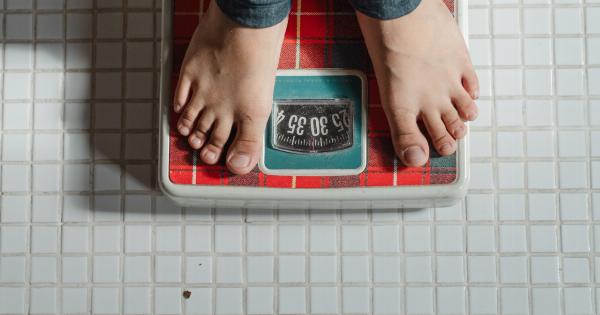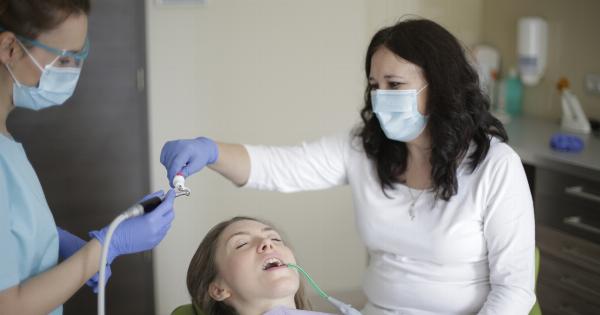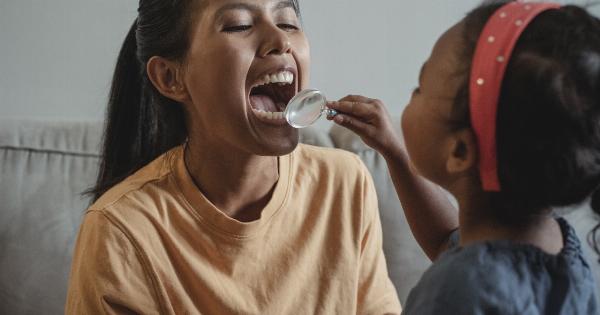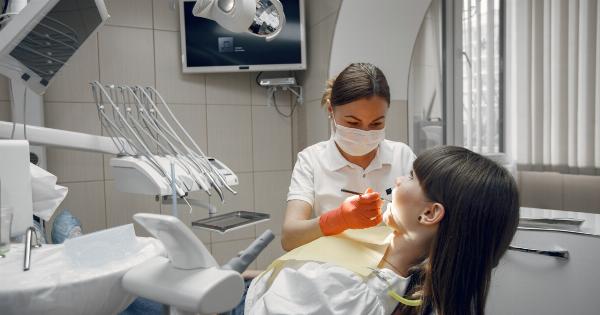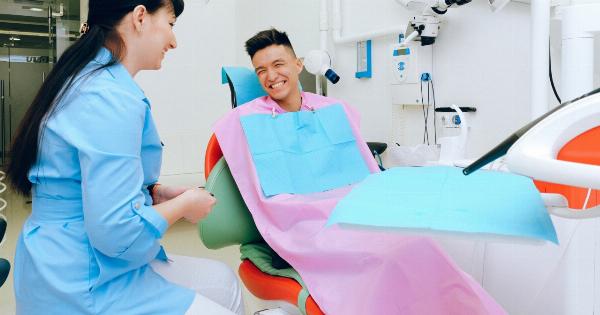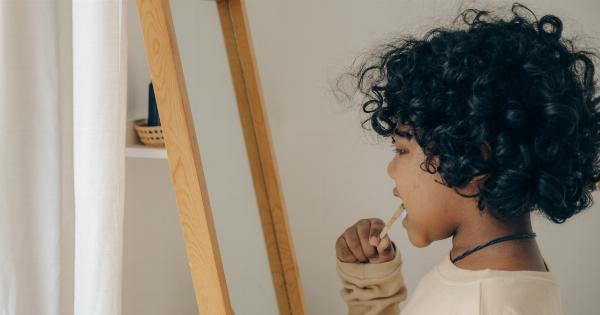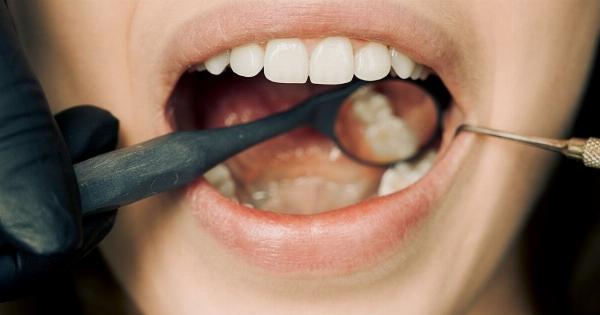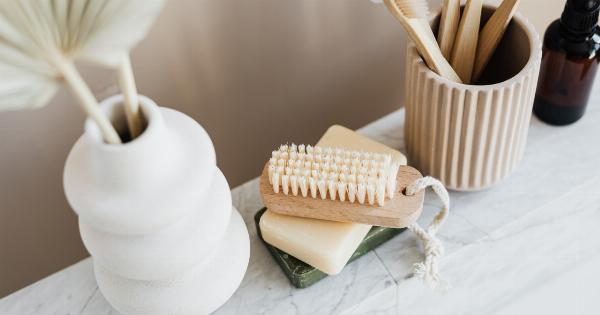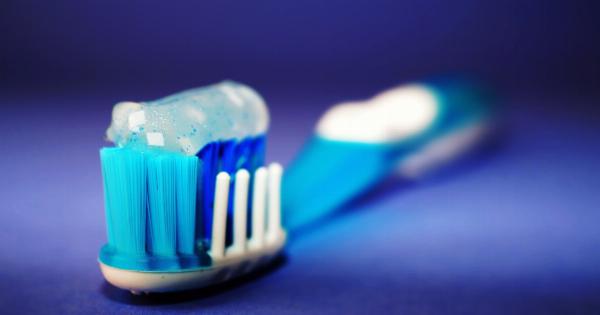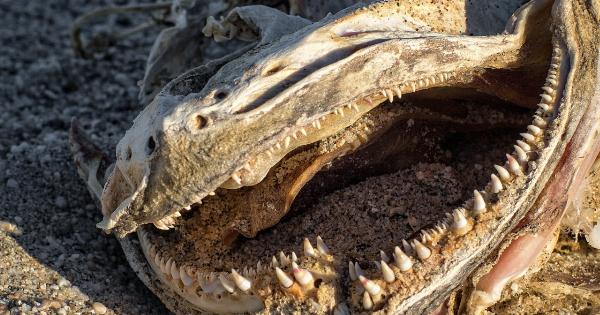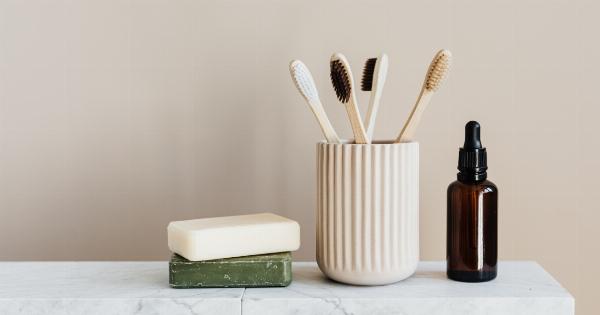Flossing and brushing are two essential components of a proper oral hygiene routine. These practices work together to maintain oral health, prevent dental problems, and promote overall well-being.
However, a debate has been going on regarding the best order for performing these activities – should you floss before or after brushing? In this article, we will explore what experts have to say about flossing before or after brushing and if one method is superior to the other.
The Argument for Flossing Before Brushing
Advocates for flossing before brushing argue that this method is more effective in removing plaque and food particles from between the teeth and below the gumline.
They believe that by flossing first, you dislodge debris and bacteria, which can then be easily eliminated by brushing and rinsing with mouthwash. Some experts also contend that flossing first allows fluoride from toothpaste to reach more areas between the teeth, boosting its effectiveness.
Dr. John Denton, a leading dentist and oral health expert, states, “Flossing before brushing is beneficial as it allows toothpaste to penetrate more effectively between the teeth and along the gumline.
Additionally, removing plaque and debris before brushing can improve the overall efficacy of brushing.”.
The Argument for Flossing After Brushing
On the other hand, proponents of flossing after brushing assert that it allows toothpaste and fluoride to remain on the teeth for a more extended period, enhancing their protective benefits.
They argue that brushing loosens plaque and food particles, making it easier for floss to reach these areas. Moreover, by flossing after brushing, any particles dislodged during flossing are entirely brushed away, leaving the mouth cleaner.
Dr. Emily Smith, a renowned periodontist, explains, “Flossing after brushing ensures that you have adequately cleaned the teeth and gums.
It gives fluoride time to work its magic and removes any debris left behind after brushing, leaving you with a fresh and clean mouth.”.
What Do the Studies Say?
Although the debate between flossing before or after brushing is ongoing, scientific studies have provided some insights.
According to a study published in the Journal of Periodontology, flossing before brushing reduced plaque build-up by 28.2%, while flossing after brushing only showed a 12.7% reduction. These findings suggest that flossing before brushing may be more effective in preventing plaque formation.
However, another study published in the Journal of Dental Hygiene found that the order of flossing and brushing did not have a significant impact on plaque removal.
The study concluded that consistency and technique are more critical factors in oral hygiene than the order of flossing and brushing.
Dr.
Jessica Adams, a prominent dental researcher, emphasizes, “While studies show slight differences in plaque reduction based on the order of flossing and brushing, it is essential to focus on consistently practicing both activities rather than obsessing over the order. The most critical aspect is ensuring that you are using proper technique and reaching all areas of the mouth.”.
The Importance of Technique and Consistency
Regardless of whether you choose to floss before or after brushing, technique and consistency are paramount in maintaining good oral hygiene. Experts agree that the following tips can help optimize your flossing and brushing routine:.
1. Flossing Technique
When flossing, make sure to:.
- Use a piece of floss that is approximately 18 inches long
- Gently guide the floss between your teeth, avoiding snapping it against the gums
- Curve the floss in a C-shape around each tooth and move it up and down
- Reach below the gumline but be gentle to avoid causing damage
- Use a clean section of the floss between each tooth
2. Brushing Technique
When brushing, remember to:.
- Use a soft-bristled toothbrush to prevent gum irritation and enamel erosion
- Brush for at least two minutes, dividing your mouth into quadrants
- Hold the brush at a 45-degree angle to your gums
- Use gentle circular motions to clean the outer, inner, and chewing surfaces of the teeth
- Clean your tongue to remove bacteria and freshen breath
3. Consistency
The frequency at which you floss and brush is also key. It is recommended to floss once a day and brush at least twice a day, preferably morning and night.
Consistency ensures that plaque and bacteria do not have an opportunity to accumulate and cause dental problems.
Conclusion: Prioritizing Flossing and Brushing
Ultimately, whether you floss before or after brushing is a personal preference. While some studies suggest potential benefits to one method over the other, what truly matters is that you prioritize both activities in your oral hygiene routine.
Consistency, proper technique, and reaching all areas of the mouth are crucial for maintaining good oral health. Consult with your dentist or dental hygienist to evaluate your specific needs and develop a personalized oral care plan.

